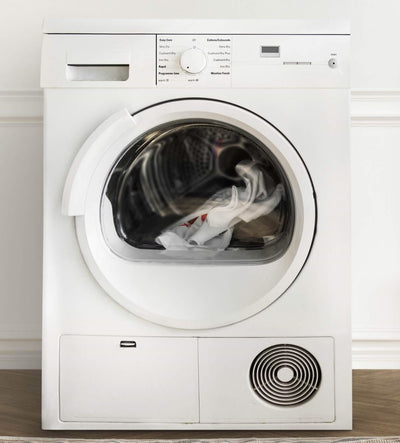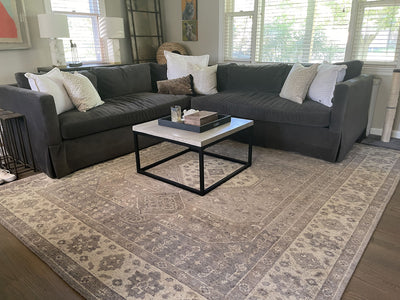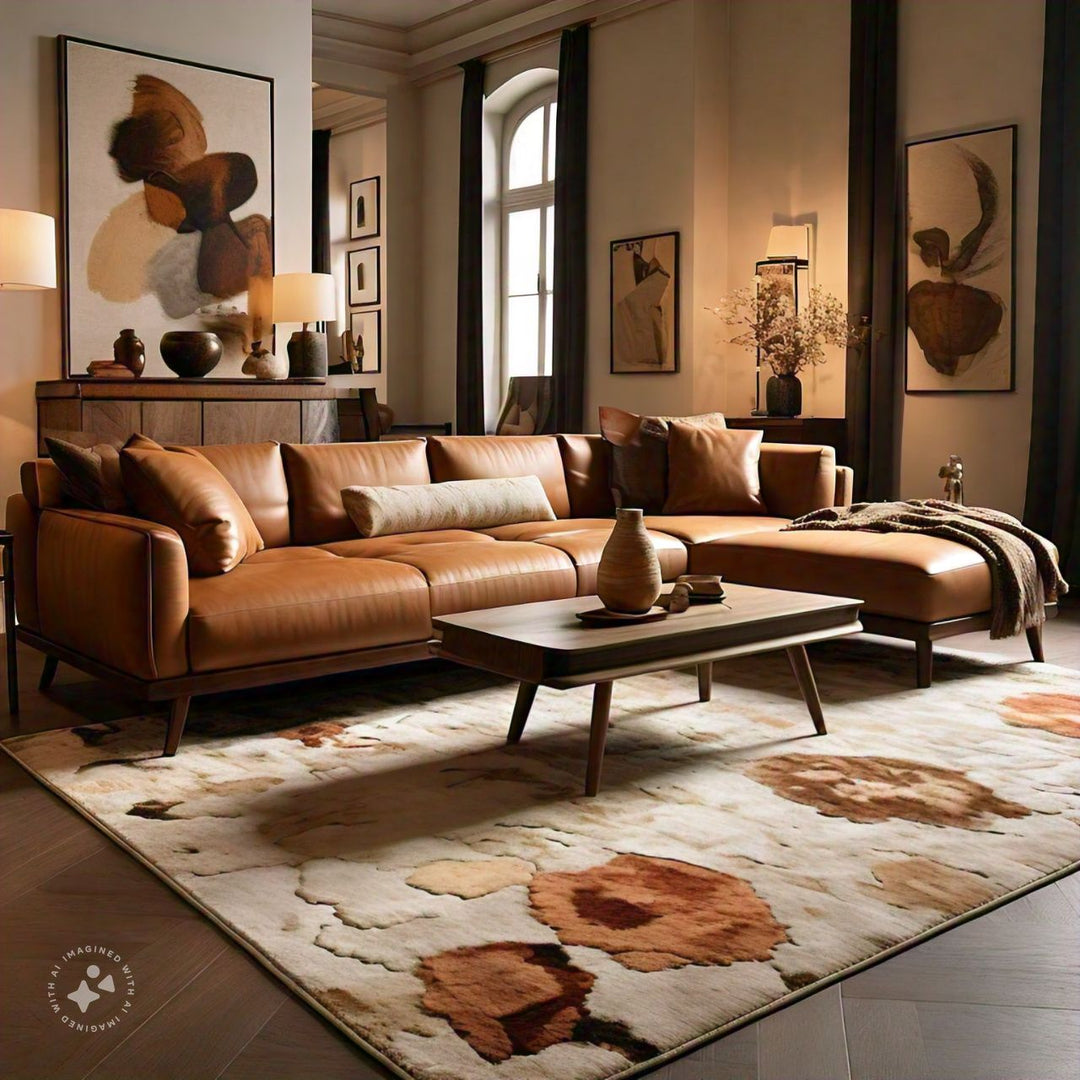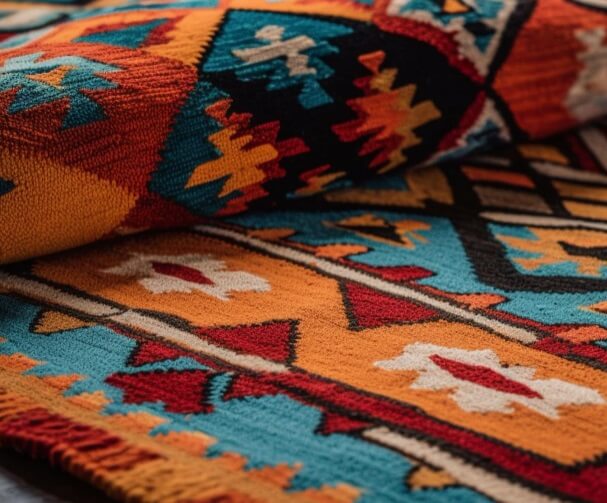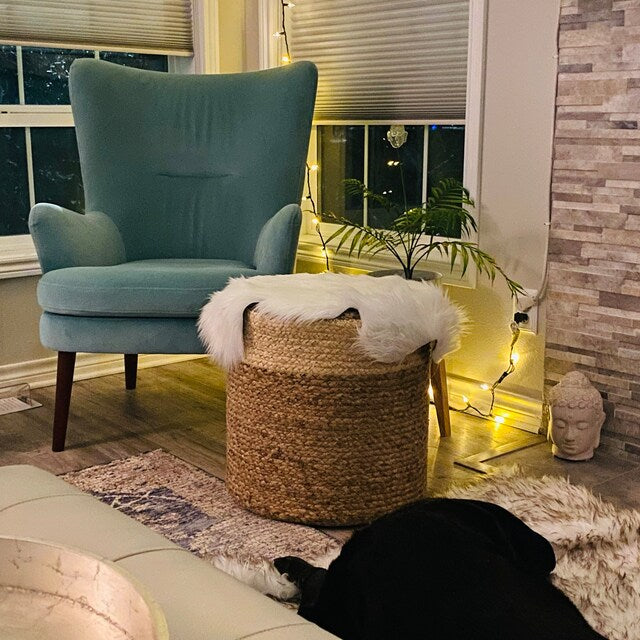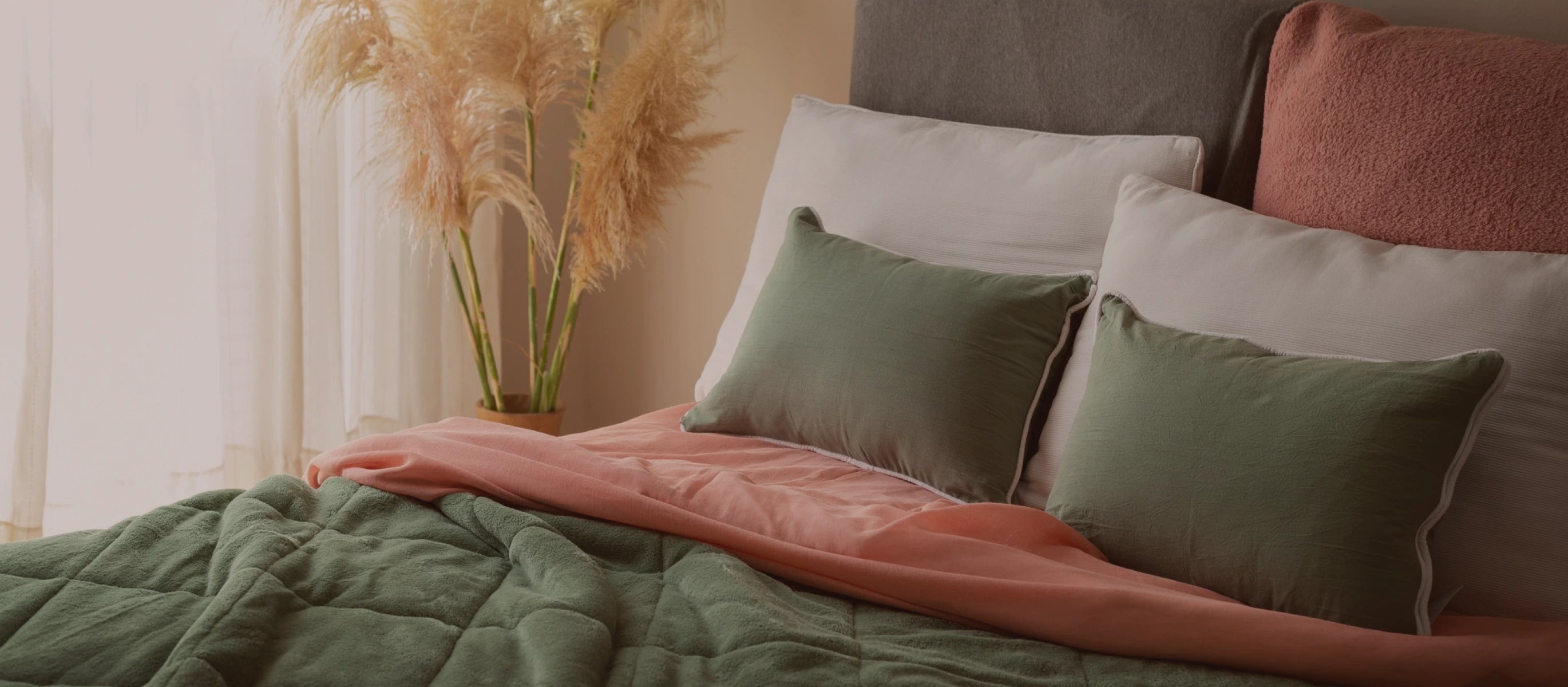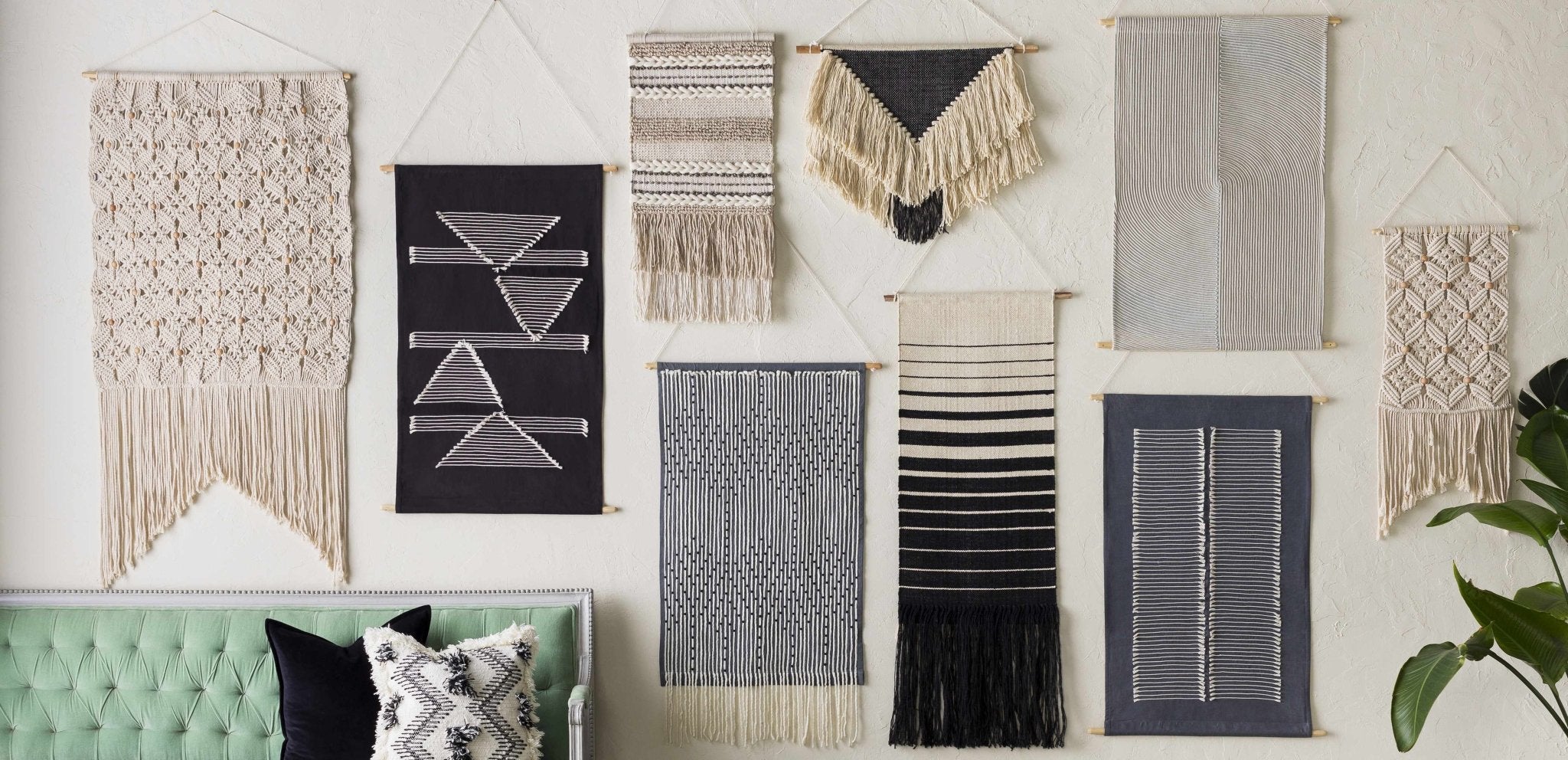What are Heriz and Serapi Rugs? Subtle Differences Explained
The Heriz rug is among the most well-known and widely used Persian carpets. These are particularly well-known for their vibrant colors and recognizable tribal designs, which create lovely color patterns.
Heriz carpets are produced in the same-named district of northern Iran, close to the Azerbaijani border. Tabriz, another significant hub for creating priceless Persian rugs, is less than 100 miles from this region.
Although the two regions are close, Heriz rugs are produced utilizing different patterns and manufacturing processes than Tabriz carpets and nearly all other Persian carpets. Heriz rugs substitute the symmetrical Turkish knot for the traditional asymmetrical Persian knot.
What makes Heriz rugs so unique?
The superior materials utilized to create Heriz rugs add to their uniqueness. Durable cotton fibers are utilized to weave the warp, while local wool fibers are used to weave the weft. Wool from the vicinity of the Heriz region is highly robust and long-lasting compared to other types. The Heriz carpets are incredibly sturdy and durable because of the usage of these unique wool fibers.
Because the artisans who created the ancient patterns utilized stylized lines rather than curved ones, the Heriz pattern's typical designs are easily recognizable. Straight, square lines are used to make flowers, decorative motifs, and tribal symbols, giving the carpet its distinctive appearance.
Common Heriz rug designs and colors
A prominent central medallion, typically rhomboid or rectangular, surrounded by decorative components, frequently composed of leaves and flowers, is one of the most famous motifs in this style.
The same concept goes for Serapi rugs, and you will get to know them in more detail in the upcoming sections of this post. Placing various decorative components over the carpet's central field creates another typical pattern. The addition of an outside frame improves these components.
Heriz rugs are appreciated for the precision and elegance of the designs and their vivid colors. Blue and red, in a variety of tones, predominate in more conventional decorative themes, with accents of ivory, green, and yellow, green, and ivory.
How to use Heriz rugs in your interior design?
Old Heriz rugs are huge, measuring 2 to 4 meters on each side. Therefore, they are perfect for big rooms like a living room or hallway. Heriz carpets are ideal for adorning places in the house with high traffic, such as the entrance area or spaces where you want to create a cozy and intimate atmosphere because of their longevity and capacity to absorb noise.
After deciding on the ideal Heriz design for the room you wish to furnish, you can finish by selecting furniture and accent pieces that guarantee a unified look. The Heriz rug's organic, ageless elegance complements various materials, including wood, marble, natural stone, and other metals like brass or steel.
The warm colors of the rug nicely complement the wood's natural tones and color schemes drawn from the earth and other natural sources. Selecting Heriz rugs for your home may give your living area a posh and elegant appearance. While the style and longevity of the carpet are primarily highlighted in the living space, Heriz carpets' welcoming and calming look is more prominent in the sleeping room.
Serapi rug definition
Serapi carpets, another well-liked and highly sought-after variety of Persian and Oriental rugs, represent majesty and extensive Iranian cultural heritage. According to the Serapi rug definition, these carpets were first made in the region around the Heriz carpet manufacturing center in Persia.
Their name is connected to the Serab village, where they originally came from. This category of Persian carpets has the finest handmade vintage and antique rugs. Rug enthusiasts worldwide still purchase these ancient antique Serapi carpets because they still ooze grandeur and an aura of complete magnificence.
The popularity of a Serapi carpet may be attributed to several beautiful qualities of the rug, but most significantly to its alluring hues and color schemes. Even now, the list of the most sought-after Persian carpets includes beautiful 19th-century vintage Serapi rugs. Their subtle neutrals, bright hues, and light colors may draw attention and inject some life into any space!
What makes Serapi rugs so unique?
In addition to their alluring visual appeal and appearance, Serapi rugs are renowned for their power, toughness, and lifespan. There is a folktale about the Serapi rug's wool since these carpets last so long. Serapi rugs from the 19th century can still be found in excellent condition. They haven't been torn, lost their color, or worn off! Moreover, the wool used to create Serapi rugs was often of the highest caliber. Even today, the yarn used to make an authentic Serapi rug would be delicate, refined, sturdy, and opulent.
Serapi rugs made today are still woven using the same knotting methods because carpet weaving is passed down from generation to generation. Professional weavers with extensive experience tie every knot carefully and pull it tightly to create handcrafted carpets that last the test of time.
The central medallion signature design
A center medallion motif may be seen in almost all Serapi rugs for sale. Many Persian and Oriental carpets made in the early days used this as a typical design motif. Without a central medallion, Serapi carpets are also available online.
To produce a unified and balanced appearance, they contain big floral patterns, and nearly every carpet has a border filled with matching themes. Naturally colored wool is another beautiful feature of Serapi rugs, in fact, of every style of handmade rug.
In the past, the wool used to create handmade wool rugs were either utilized in its raw state or organically dyed by the weavers themselves because synthetic dyes weren't yet accessible. As a result, handmade Serapi carpets' colors hardly ever fade and never bleed. Additionally, these carpets are entirely chemical-free, cruelty-free, and natural.
How to decorate your home with Serapi rugs?
The most well-known handmade carpets are Serapi rugs, which have been used since the 19th century. Serapi carpets have the highest quality, making them the most sought-after interior décor item. They are among the most sought-after decoration items due to their genuine and premium material, vibrant colors, and cute patterns.
Serapi rugs come in various hues, designs, and exquisite patterns. Here are a few ideas for how to bring these rugs to your home ideally:
- Consider the room's color scheme and theme while making your rug selection. There's no need to perfectly match the rug's hue to the color of the walls; instead, you can choose a contrasting color to give the space more life.
- In living rooms and large spaces, use rugs to designate seating sections. If the living room is large, place a rug with a coffee table and two chairs in the corner. A vast room feels more distinct and inviting when decorated in this style.
- It will create a border effect and look beautiful if a rug is placed in an ample space with an equal amount of surface left open.
- The most important consideration is the rug's quality because an exceptional rug will last for generations. Handmade carpets from Serapi are of outstanding quality, and with proper maintenance, they can last for many generations.
- The rug size is essential; always position a rug following the space requirements and dimensions of the room.
Refer to our rug glossary to learn about different rug terms and make an informed purchase.
Comparison between Heriz and Serapi rugs
|
Heriz Rugs |
Serapi Rugs |
|
1. Formal geolinear design and less refined weave |
1. design is more delicately detailed and has finer weave |
|
2. Both are within knot range of 30-100 kpsi Heriz on the low end |
2. Serapi on the high |
|
3. Heriz rugs are typically coarser and sturdier, with bolder colors and slightly more-angular and compact-looking woven detail |
3. Serapi design is typically finer, less rigid looking, and more spacious and open by comparison |
|
4. Heriz rugs are typically coarser and sturdier, with bolder colors and slightly more-angular and compact-looking woven detail |
4. Serapi is often more subtle in both color and design, with more curved designs portrayed in terracotta reds, ivories, pastel blues, pinks, and light greens |
|
5. Not much expensive |
5. Greater quality, hence more expensive |
Differences and similarities between Heriz and Serapi rugs
What distinguishes a Heriz from a Serapi is a topic we are asked quite a bit at The Rug Decor. It is a fair point, especially considering that Serapi is not an actual city in Iran. According to experts, the word Serapi refers to a vintage Heriz rug. Serapi rugs are among the most sought-after ancient rugs today, despite claims to the contrary in several rug books. Overall, the explanation is straightforward.
Rugs with a simple and minimalistic geometric theme were woven in the village of Heriz in Persia at the time. Then, as European and American businesses arrived around 1910, things started to change. There has been a rise in demand for carpets with more color and pattern. Weavers were required to follow patterns drawn out on a cartoon, a type of graph, or a blueprint.
Therefore, a Serapi rug is just a Heriz rug produced before around 1910. While there still needs to be more information about the origin of the term 'Serapi.' However, around the 1960s, when interest in antique and semi-antique carpets grew, it was used as a moniker for these older Heriz rugs to set them apart from the more recent ones. Both Mahal and the city of Sarouk experienced the same event.
There are still a few fundamental differences that you may look out for a while buying Heriz and Serapi rugs. Check this list to know more:
Color and texture
Heriz rugs often have more robust colors, slightly more angular and compact-looking woven detail, and are generally coarser and tougher. Comparatively, color and design in Serapi are frequently more subdued, with a softer texture and curved patterns depicted in light greens, pinks, pastel blue, ivories, and terracotta reds.
Cost
While Heriz rugs are usually more pocket-friendly, Serapi ones are expensive, considering the more luxurious and finer quality of these.
Knotting
30 to 100 kpsi is the average knot range for a Heriz rug, while that on a Serapi rug is higher.
Weave and design
The weaving of a Heriz rug lacks the refinement you will find in a Serapi one. While the former has more geoliner design, the latter has more detailing.
How to care for and maintain your Heriz and Serapi rugs?
It would be best to take good care of your Heriz and Serapi handmade rugs, as they are valuable investments. A handmade rug's upkeep is easier than you may imagine.
Even if you regularly maintain it yourself, make sure to have it cleaned professionally at least once every few years to eliminate the dust particles embedded in its deep layers. Here are some tips for keeping your Heriz Serapi rugs in top condition:
Regular cleaning
You must use a vacuum cleaner or a brush to completely clean your handcrafted Heriz rugs. This avoids the accumulation of dust and grit. Additionally, you should occasionally rotate the rug to reduce uneven sun exposure. Better air quality is also ensured by routine cleaning of your Heriz Serapi rugs. Make sure your indoor sandals are clean before stepping onto the carpeting if you're wearing them.
Special care against pets
Ensure your pets aren't using your rug as a toy or even a toilet. Scratching-related physical damage may usually be repaired, but pet urine can cause damage and discoloration that is more difficult to remedy. Keep a watch on your pet to ensure they only harm your rug if well-trained.
Prevent dampness
Since handmade Heriz rugs are composed of natural materials like wool, moisture seriously threatens them. The carpeting will be vulnerable to harm. If wool is exposed to moisture for a long time, it can shrink.
Exposure to sun and heat
The natural oils found in the wool can become dried out by repeated exposure to high heat, such as from a fireplace. It can weaken your rug.
Similarly, prolonged exposure to direct sunshine may cause your rug to fade. While some degree of fading in handmade rugs is permissible, the harm could shorten their lifespan. Utilize curtains or shutters to block off direct sunlight for extended periods. As previously noted, sometimes rotate your rugs to avoid significant damage in one area.
Spillage and soiling
You should clean up any spills as soon as they occur on your Heriz Serapi rugs purchased online. Use paper towels from the kitchen to dry the damaged area. Apply a carpet shampoo diluted with warm water and a teaspoon of white vinegar if any residue remains on your wool rug. Use a moist cloth to blot it after soaking it. Dry the carpeting as quickly as you can. As soon as you discover damage to your carpeting, see a professional.
Your Heriz Serapi rugs only require a little effort to clean or maintain, but they need careful handling. If you have concerns about maintaining your handmade rugs, speak to a trusted vendor who sells Heriz carpets. Alternatively, consider choosing a local expert rug cleaning service.
FAQs
Are Heriz and Serapi rugs the same thing?
Yes, Heriz and Serapi are the names of the same rugs category, depending on their age. However, there are some fundamental differences in weaving refinement, cost, and more that you can check before purchasing.
How to identify an authentic Heriz Serapi rug?
The rectilinear patterns and highly stylized geometric decoration of Heriz and Serapi rugs make them immediately distinguishable. These carpets usually have a large ivory and blue medallion on a terracotta base or deep red.
What is a Serapi rug?
In the Eastern Province of Azerbaijan, found in northwest Iran, the village of Heriz is where Serapi carpets and rugs are manufactured. These carpets contain wool piles and cotton bases with symmetrical knots.
What is a Heriz rug?
Heriz rugs are Persian carpets made in the Heris region of East Azerbaijan, northwest of Tabriz in Iran. These carpets are produced in the same-named community on Mount Sabalan's foothills. Heriz carpets can last for many generations because they are durable and long-lasting.
Check out our Heriz and Serapi Rug collection
